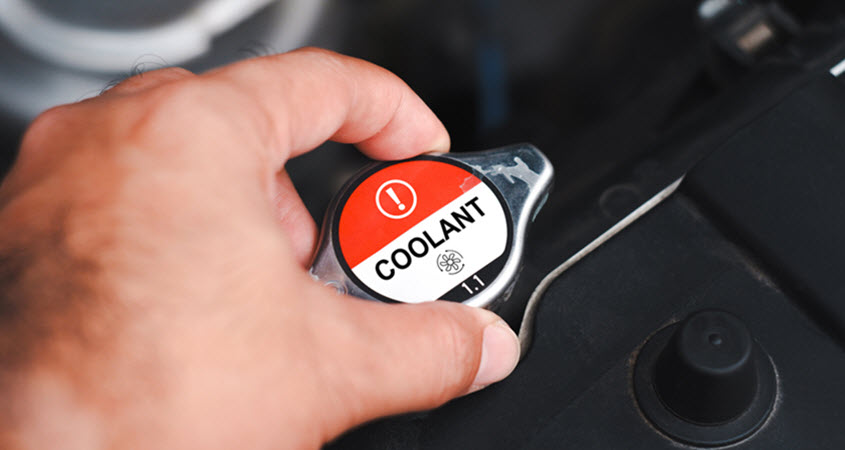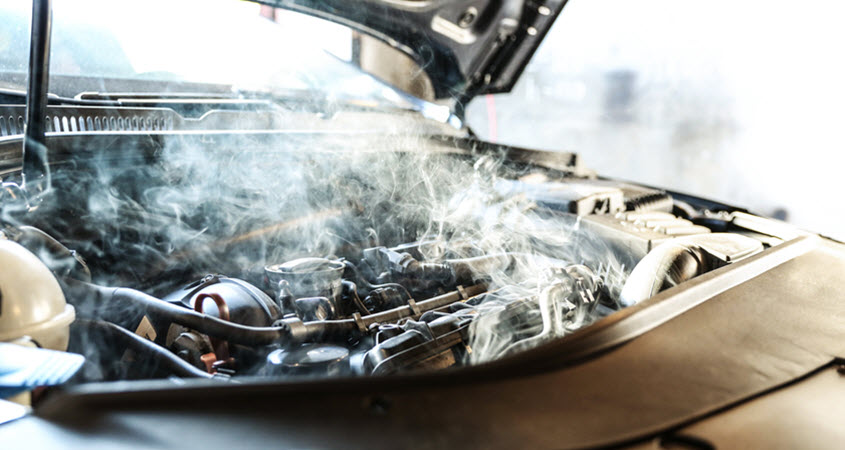Experiencing an overheating Volvo can be a stressful situation for any car owner. When your vehicle’s temperature gauge climbs into the danger zone, it’s essential to take immediate action to prevent further damage to your engine and ensure your safety on the road. While some issues may require professional assistance, there are steps you can take to address overheating before it becomes a more significant problem.
1. Pull Over Safely
The first and most crucial step when your Volvo starts to overheat is to pull over safely to the side of the road. As soon as you notice the temperature gauge rising above the normal range, find a safe spot to stop. Avoid abrupt maneuvers and sudden braking to prevent any accidents.
2. Turn Off the Engine
Once you’ve come to a stop, turn off the engine immediately. Letting the engine run while it’s overheating can cause severe damage, potentially leading to costly repairs. Give your engine time to cool down before attempting any further action.
3. Open the Hood (After It Cools Down)
After you’ve turned off the engine, allow it to cool down for at least 10–15 minutes before opening the hood. Attempting to open the hood while the engine is still hot can lead to burns or other injuries. Use a cloth or gloves when handling the hood latch to protect your hands from the heat.
4. Check Coolant Levels
Once the engine has cooled sufficiently, carefully open the hood and locate the coolant reservoir. Check the coolant level, and if it’s low, you may have identified the cause of the overheating. Low coolant levels can result from leaks or evaporation over time. If the reservoir is empty, do not attempt to fill it while the engine is hot; this can lead to serious burns. Instead, wait until the engine is cool to add more coolant.
5. Inspect for Leaks
While you’re under the hood, look for any visible signs of coolant leaks. Check the radiator hoses, the radiator itself, and the water pump for any visible damage or leaks. If you spot any issues, such as a cracked hose or a damaged radiator, it’s essential to address these problems promptly. Keep in mind that identifying the source of a coolant leak does not necessarily mean you should attempt to fix it yourself, as some repairs may require professional assistance.
6. Check for Blocked Radiator Fins
Inspect the front of your Volvo’s radiator to ensure that the fins are not blocked by debris, leaves, or insects. A blocked radiator can impede airflow, causing the engine to overheat. If you find any obstructions, carefully remove them using a soft brush or compressed air. Be gentle to avoid damaging the radiator fins.
7. Seek Professional Assistance
If your Volvo continues to overheat after taking these initial steps or if you suspect a more serious issue, it’s best to seek professional assistance. A certified mechanic who specializes in Volvo vehicles will have the expertise and tools necessary to diagnose and repair the problem correctly. Don’t ignore persistent overheating issues, as they can lead to severe engine damage if left untreated.
8. Regular Maintenance
Preventing overheating issues in the first place is the best course of action. Regular maintenance, such as checking and topping up coolant levels, inspecting hoses and belts for wear and tear, and ensuring the radiator is clean, can help keep your Volvo engine running smoothly.
9. Emergency Kit
Lastly, it’s a good idea to keep an emergency kit in your Volvo in case of overheating or other roadside issues. This kit may include items like coolant, a flashlight, a first-aid kit, and basic tools. Having these essentials on hand can be invaluable in case of an emergency.
Keep Your Volvo In Optimal Condition
Dealing with an overheating Volvo can be a nerve-wracking experience, but knowing how to respond can make all the difference in preventing serious damage to your vehicle. Remember to prioritize safety by pulling over promptly, turning off the engine, and allowing it to cool down before attempting any inspections or repairs.
Checking coolant levels, looking for leaks, and ensuring proper radiator airflow are essential steps to address overheating issues. Regular maintenance and a well-equipped emergency kit can also help you stay prepared for unexpected situations on the road. By following these steps, you can effectively deal with an overheating Volvo and keep your car in optimal condition.

Book An Appointment At Kruse Lucas Imports Today
If your Volvo is experiencing overheating issues, look no further than Kruse Lucas Imports in Modesto, CA. Our expert technicians are ready to assist you in diagnosing and resolving the problem. We pride ourselves on providing top-notch service to our valued customers not only in Modesto but also in Manteca, Oakdale, Ripon, and Turlock. Booking an appointment with us is easy and convenient, ensuring that your vehicle gets the attention it needs to stay running smoothly. Trust Kruse Lucas Imports for all your automotive needs and enjoy peace of mind on the road.
 525 Tully Road
525 Tully Road (209) 529-9111
(209) 529-9111

